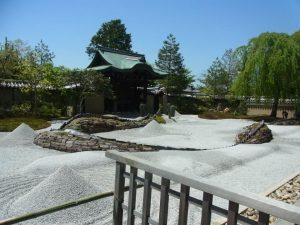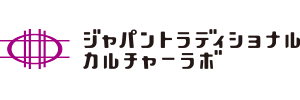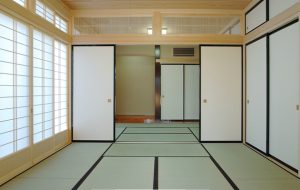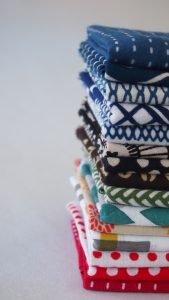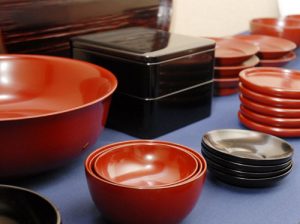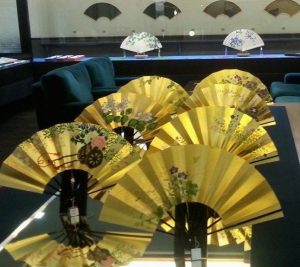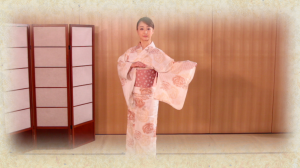風呂敷は、スカーフに似た長方形の布です。絹や綿製で、主に物を包んだり運んだりするために用いられます。
江戸時代、銭湯(公衆浴場)へ持って行く下着や、銭湯で脱いだ着物を包むために使われるようになったことから「風呂敷」とよばれるようになりました。
風呂敷は様々な形に折りたたむことができるので、大小様々な大きさのものを包むことができます。また、使わない時には小さく折りたたむことができます。風呂敷は繰り返し使えるので環境に優しいです。
Furoshiki
Wrapping cloths(Furoshiki) Furoshiki are square cloths resembling scarves and are used to wrap and carry things. They are made of silk or cotton.
In the Edo Period, they came to be called “furoshiki”(bath-wrapping cloths), because they were used to wrap one’s underclothes when going to the public bath or to wrap one’s clothes while there.
Furoshiki can be folded in various shapes. So you can wrap items of various sizes of things, and fold it up compactly when not in use. Furoshiki can be used repeatedly, so it is eco-friendly.
